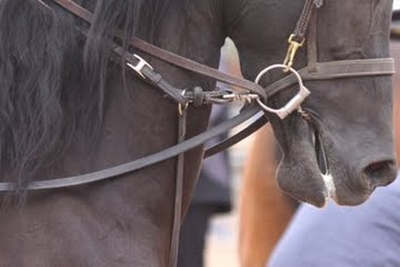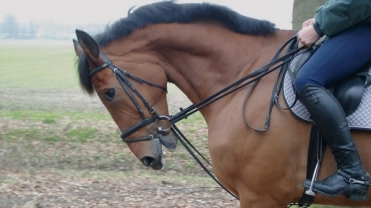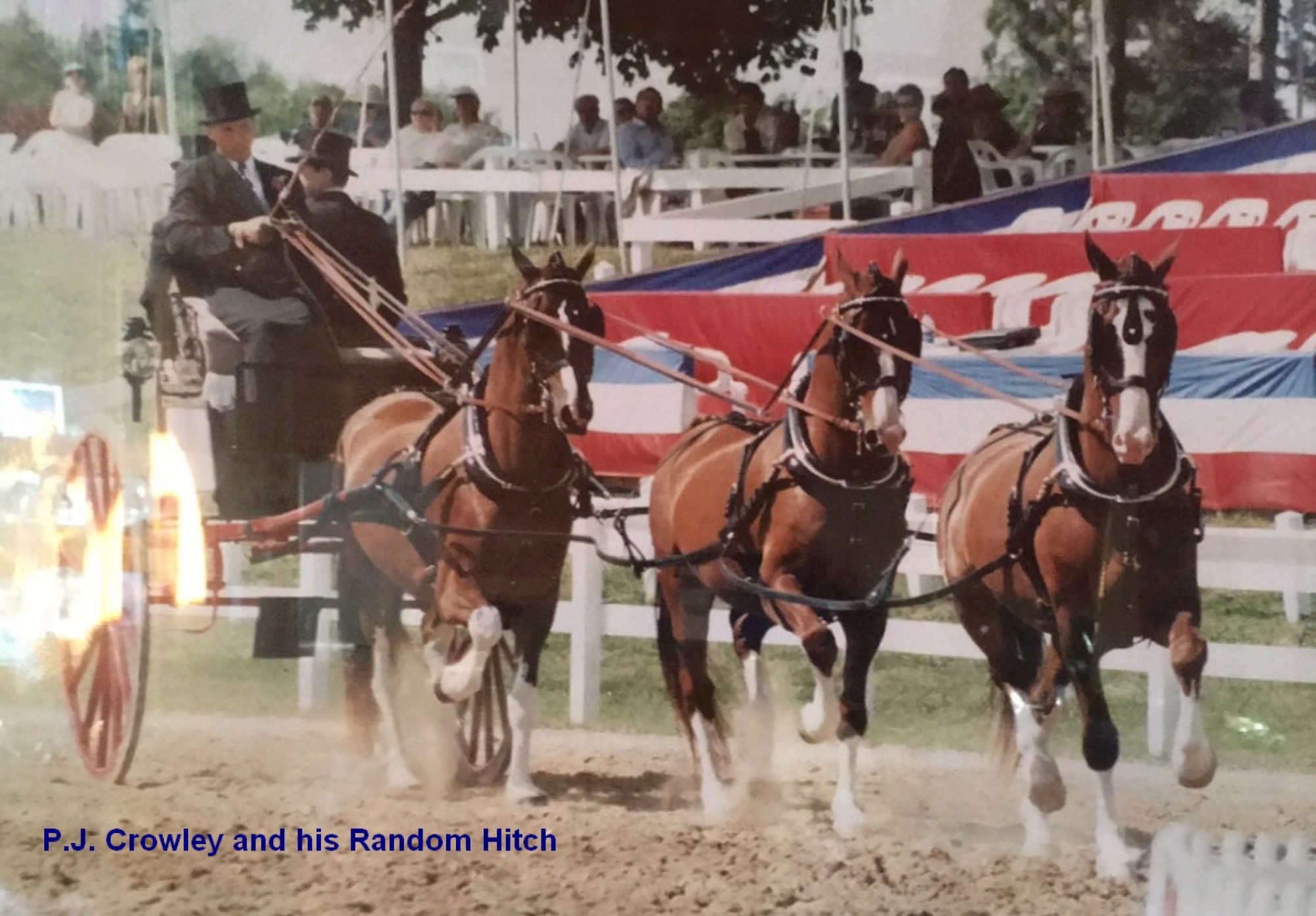I just read a Facebook post today, from a very dear friend. She was given a trunk full of equipment including tie-downs, draw reins and an assortment of other “training aids.” Her dilemma was to toss it, because she trains by classical, time proven methods (IMO, a true horsewoman!), or to “not waste it” and give it away, knowing it could very well be used on young horses in training.
My answer….”I’d try working a few horses in tie downs as tight as they’ll go, with the draw reins. If you pull a horse over backwards, I expect they’ll straighten up quickly. That rollkur is the fastest short cut I know to Grand Prix, and don’t you have several horses anyway? Only the real cream will rise to the top! Remember, in training, time is money, so don’t hesitate to do whatever it takes!” 
Well, she most certainly knows me well enough to recognize my sarcasm in an instant, but…it got me thinking….don’t we ALL know horsemen that immediately default to aids and short-cuts way too easily? Think here the short martingales, way too tight side reins, draw reins, chambons, etc. I know you’ve seen them!
My question, for those that have the trunks full of gimmicks, is, What, exactly, are you trying to accomplish? We know that development of a horse always has to be sequential. Things MUST be done in order. Horses, like human athletes, have to build muscle strength and mental acuity BEFORE they can progress to the next level of training. This holds true for the Jumper, the Eventer, the Dressage horse, the swimmer, track star, weight lifter, or ball player!
There is a reason every major league ball team begins the year with Spring Training!! It serves as a building period, both athletically and for the team, and, it’s a series of back to basics exercises. Without a solid foundation, the building will eventually crumble!! And…typically at the worst possible time!
Your horse comes to recognize you, your horse develops expectations regarding your behavior, your horse comes to trust you, (NO…your horse does NOT love you!), and each day as you start work he is ready to go. I do believe, sometimes, horses do have off days, just like we do. The horseman recognizes that and puts his horse back in it’s box or paddock, or hacks quietly for fun and conditioning. Generally though, your horse is ready and willing to do what his rider asks. Horses do NOT start schooling intending to be a butt head, intentionally ruin your day, OR pick a fight with you!! (Please re-read this last sentence!!) They are willing to work in a productive session with the rider taking the lead. This, in turn, puts huge and total responsibility on the rider! The Rider MUST remember that if a horse is not doing what he asks, then the horse does not understand what is being asked of him, OR he is not yet physically or mentally capable of doing so!
One additional factor to consider…is your horse built for what you’re asking him to do?
Using over-tight straps to force him into the “frame” or “headset” that one may think is proper, may possibly be beyond abusive IF the horse simply cannot do it because of his build. This factor can be overlooked all too often! 
This fact then, ties directly back to riders using gimmicks as short cuts. I maintain a horse will progress in his training quite regularly, with a knowledgeable rider who knows what he’s doing, can clearly transmit his wishes to his horse, and is aware of his horses’s capabilities at all times. This is the mark of a horseman!
Any thought’s?
After all…this is just one man’s opinion.
Part II to follow soon. A look at tack, including bits, 5 point breaststraps, Micklem bridles, and more. Fashion or Function?

Recent Comments